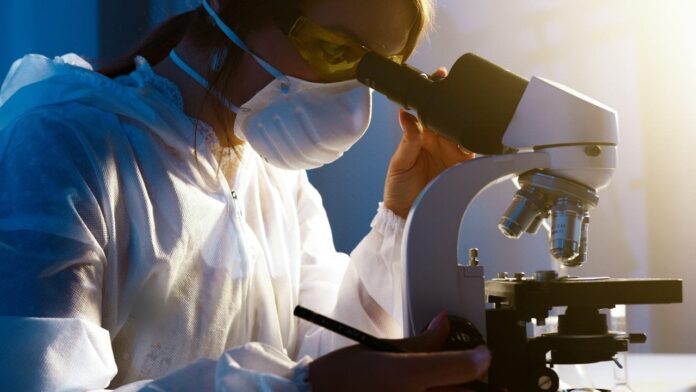Microscopes are usually seen in the labs, or at the biology classes. As you know, it’s a device that can enlarge the monitored object to the level we can see the cells inside, bacteria, or other organisms. There are different types of microscopes. The simplest models are used at schools, so every student can examine some object. Usually, in biology classes, they are using tiny pieces of tissues, or onion membranes, leaves, pieces of petals, so the students can learn more about the cells and biological processes in the plants or smaller animals like frogs. But, for professional use, different types are used, and some of them can even go deeper in the cell parts, examine viruses, and even smaller alive beings that aren’t visible without it.
To determine which one type do you need, you must know what do you need it for too. You can check microscopeclub.com to learn more about how to use it, what to examine, what type do you need, and how to sync it with your smartphone so you can take pictures, and use them in your research. In most cases, microscopes aren’t for individual and private use, and they are mostly used in labs, schools, and research centers. There are also plenty of different types, including monocular, trinocular, digital, binocular, then dissecting types, but also you have pocket devices, models appropriate for kids, simple types for school, light models, and the electron microscope, which is, according to many, the most powerful one.
So, let’s see how some of them work and how they will fit your needs:
1. Light microscope

It’s the basic type, that uses light and a magnifier, to enlarge the object of examination. The light provides the needed illumination all over the specimen. The compound type can be monocular or binocular, and even though the quality of the picture you get isn’t the best one, you can make a difference between the different parts of the object. They are used in the biology classes, most of them are even affordable to buy for home use, and you can study different types of cells, parasites, microorganisms, the cells on your dead skin pieces, and other less complicated compounds. The stereo microscope type is still light, but more advanced, with different levels of magnification, for basic examination. There are also advanced types of light models, that can focus even a single cell of the specimen.
2. Digital type
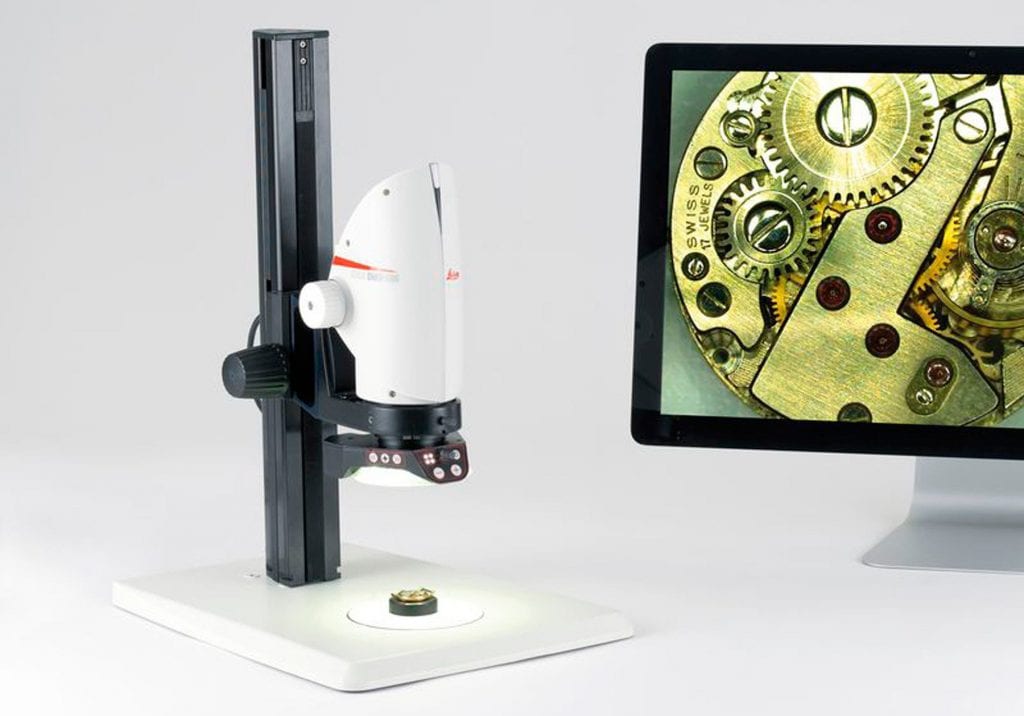
The picture is converted into a digital form, and you can see it on your computer screen. That gives additional options for zooming and examining tiny details, change the colors to focus on something, or compare with another specimen. You can even save the image and share it with the students or the people who work with you on the same project, so you can all work on the same sample, and improve the quality of the research. Some digital microscopes can be connected with a USB port to the computer, for faster processing.
3. Electron types
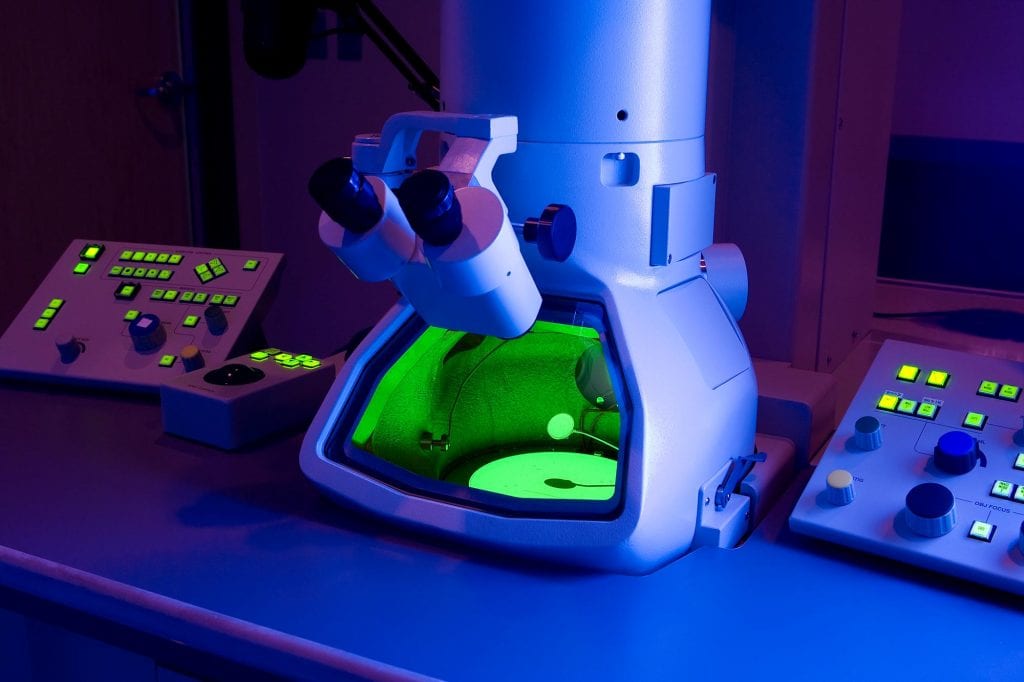
As we said earlier, this is the most powerful type, that can’t be used at home or school, and demands dedicated maintenance and careful usage. You can find them in the research centers, and one device can be worth up to a few million dollars, depending on the purpose and additional equipment. It uses electron beams to illuminate the sample that is examined. You can even examine atoms and molecules since it enlarges the picture very precisely. But, the person should prepare the specimen properly, because they can’t put the sample under the microscope and see what’s happening. Depending on what you need to examine, there are different chemicals and solutions, you are treating the sample, and then put it between two thin pieces of glass, so it’s semi-transparent. This type of microscope is not used just for science. It is also very useful in forensic investigations too. Practically, you are scanning the specimen, and the microscope generates a 3D image of what you are studying. It can also be used in hospital labs, where different types of diseases are diagnosed and treated.
4. X-ray type
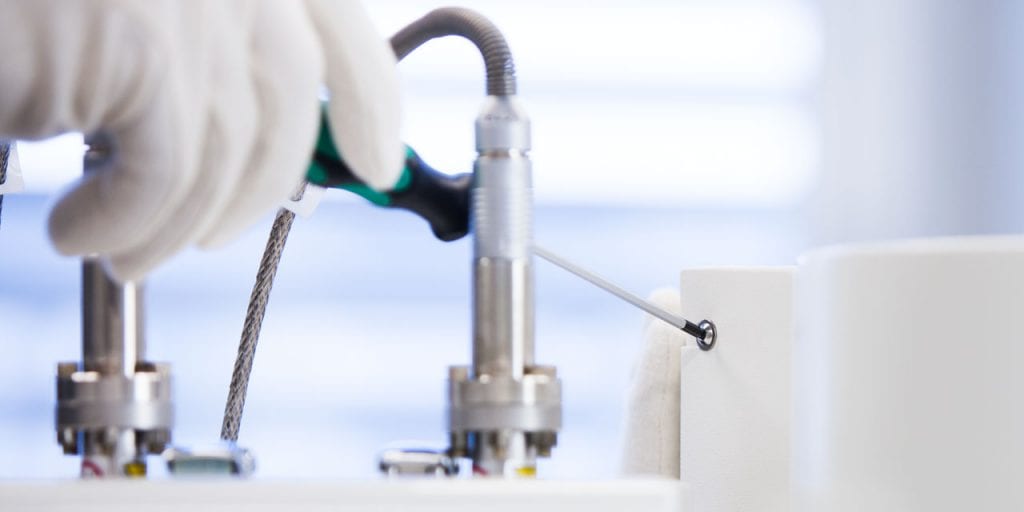
It’s very useful when studying living cells, like algae or water drops from ponds or lakes. You don’t need to prepare the sample. The device emits X-rays and magnifies the sample. It works similar to the light type but provides a better image of what you are observing.
5. Fluorescence models
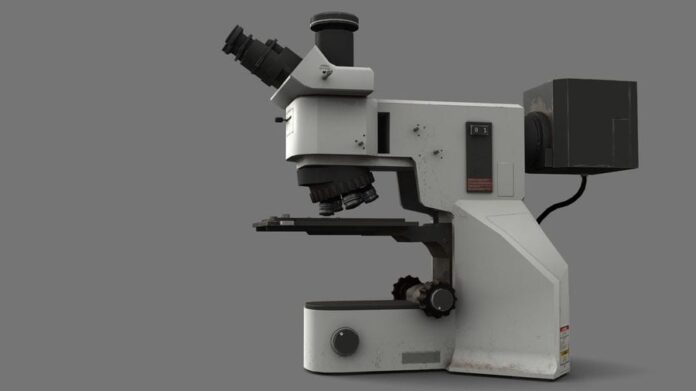
It’s based on lasers, and you can see the sample you are studying nicely, on a computer screen. You can isolate the important parts that are crucial for your study, dye them in different colors, and identify their purpose. This is another model that is appropriate for medical schools or natural science colleges.
How to find and buy a microscope
As you can see, there are a lot of different types, and we only mentioned the most common ones. First, you will have to find a certified seller, since these devices aren’t cheap at all. Then, see and compare their offers, research more about the manufacturers, and make sure what is the exact purpose. The most important thing is exactly the purpose and your needs, and that will determine the type of device you need.
Compare the different types of the light source, magnifiers, the additional settings and features that can be useful, and of course, do you have a verified service near you for regular maintenance and professional adjustment.
Keep in mind that some models are made strictly for professional use and require specific preparation of the samples and specimens, and even if you have the most powerful microscope, you won’t be able to use it without the additional accessories.
So, our recommendation is to define and recognize the needs. If you are a certified lab for microscopic examinations and evaluations, you may get better offers and deals. Don’t forget that microscopes aren’t something you need at home, and they are made for professional use, so a little consultation with more experienced professionals will be very helpful to decide which one you need.

